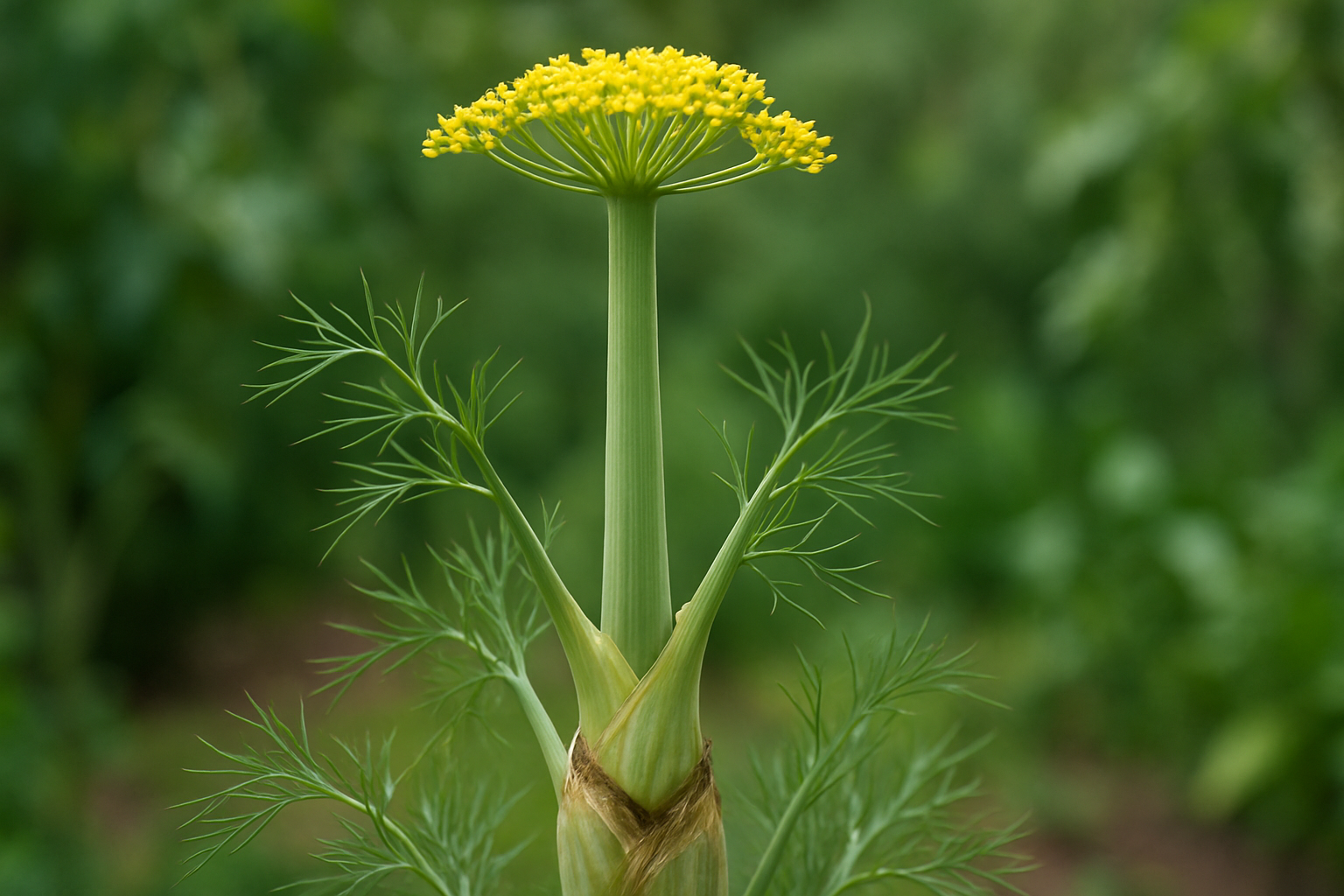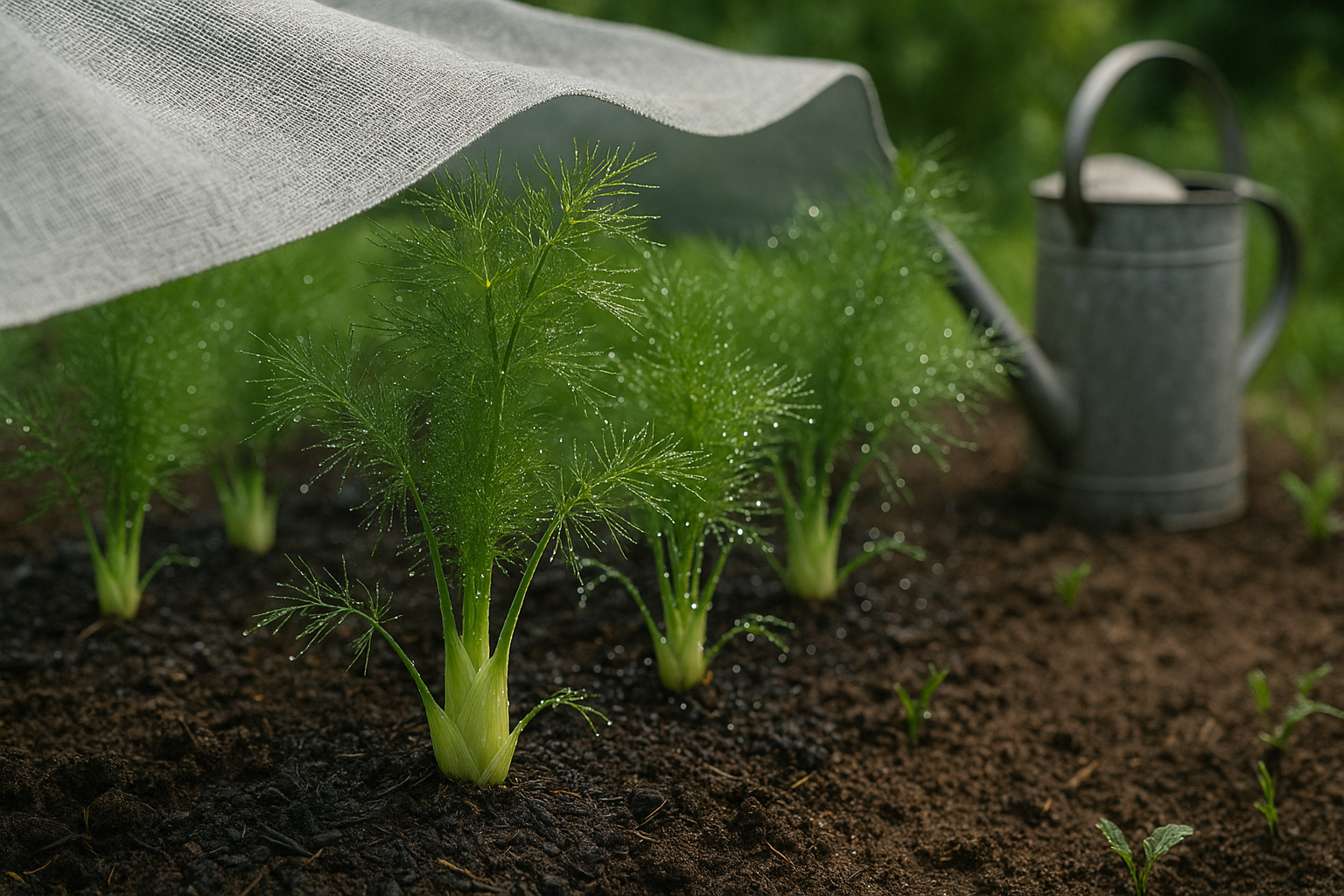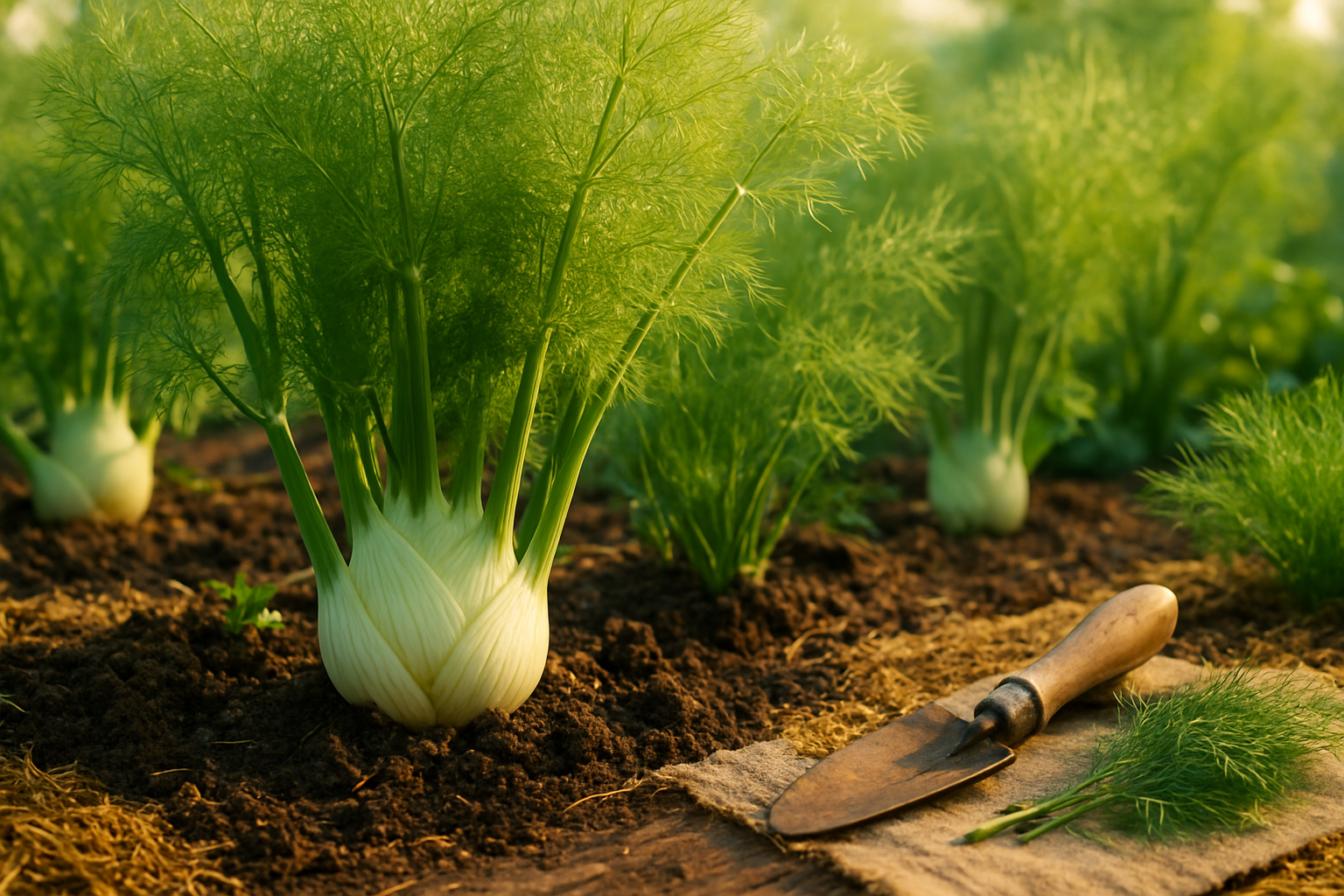Introduction
Fennel bolting can be a frustrating experience for gardeners who cherish this flavorful and feathery herb. Fennel, prized for its aromatic bulbs and delicate fronds, is a favorite in both culinary gardens and ornamental beds. But when fennel starts to bolt—sending up a tall flower stalk seemingly overnight—it often means the end of tender harvests.
Bolting is a natural process where a plant rushes to flower and set seed, usually triggered by stressors like heat or changes in daylight. This article will break down exactly why fennel bolting happens, how to recognize the early signs, and most importantly, what you can do to prevent it or handle it if it occurs. Whether you’re new to growing fennel or hoping for a better harvest this year, these practical tips will help keep your plants lush and productive for as long as possible.
What is Bolting?

Bolting is when a plant prematurely shifts from leafy growth to flowering and seed production, often due to stress or changes in environmental conditions. In vegetables like fennel, bolting typically happens when temperatures suddenly spike or the plant experiences drought. These conditions signal to the plant that it’s time to reproduce before things get worse.
You’ll notice fennel is bolting when a thick, central stalk rapidly shoots up from the base, topped with clusters of yellow flowers. The leaves may become thinner and more elongated, and the bulb stops developing—sometimes becoming woody or splitting. Once fennel starts bolting, it focuses on producing seeds instead of forming a tender, flavorful bulb.
This shift makes the edible parts tough, fibrous, and bitter, which is disappointing if you’re hoping for sweet, crisp fennel in your meals. To delay bolting, try planting fennel early in cooler weather and keep the soil consistently moist. If you catch the signs early, harvest the plant before it fully bolts for the best flavor and texture.
Why Does Fennel Bolt?
Fennel tends to bolt—sending up a flowering stalk prematurely—when it experiences environmental stress. Several key factors can trigger this behavior.
Sudden changes in temperature, especially a cold snap followed by a return to warmth, can shock fennel plants into thinking it’s time to reproduce and end the growing season. Drought stress is another major cause; fennel needs consistent moisture, so dry spells can signal the plant to shift its focus from growing bulbs to producing flowers and seeds.
Day length also plays a big role: fennel is a long-day plant, which means that as daylight hours increase in late spring or early summer, the risk of bolting goes up—particularly if stressful weather or inconsistent watering is also occurring.
Different varieties of fennel have their own tendencies. For example, Florence fennel (grown for its bulb) is notoriously quick to bolt compared to bronze or herb fennel. Choosing bolt-resistant cultivars can really help reduce this issue.
Bolting typically happens when the weather starts warming up in late spring, especially if fennel was sown too early or hasn’t had steady, cool conditions while establishing. To minimize bolting, sow fennel after the last frost, select slow-bolting varieties, and keep the soil evenly moist to reduce stress during growth.
How to Prevent Fennel from Bolting

Preventing fennel from bolting starts with creating the right growing environment and timing your planting carefully. For most gardeners, sow fennel seeds in early spring as soon as the soil can be worked, or in late summer for an autumn crop—this timing helps avoid the hottest months that can trigger premature flowering.
Choose a planting site with rich, well-drained soil, and mix in plenty of compost before sowing to provide steady nutrients. Fennel prefers a neutral to slightly acidic soil (pH 6.0 to 7.0) and thrives best with at least six hours of sunlight per day. However, a spot with a little afternoon shade can help in hotter climates.
Keep soil moisture consistent by watering regularly, aiming for at least an inch of water per week, and apply a two-inch layer of mulch around the base of the plants to lock in moisture and regulate root temperature. Stress from uneven watering or sudden weather changes is a major cause of bolting, so pay extra attention during heatwaves or unseasonably cool spells—use shade cloths during intense sun or lightweight row covers to protect from unexpected chills.
If you’re in a region prone to extreme weather, consider planting bolt-resistant fennel cultivars such as ‘Perfection’ or ‘Orion,’ which are bred to withstand fluctuating conditions. By focusing on soil health, steady moisture, seasonal timing, and a bit of strategic protection, you can help fennel thrive and keep it from bolting before you’re ready to harvest those crisp bulbs.
What to Do When Fennel Bolts
When you notice your fennel starting to bolt—sending up tall flower stalks—it signals that the plant’s main harvestable stage is ending, but there’s still plenty you can do. First, if you catch the bolting early, cut the flower stalks back to try to slow the process, though often the plant’s energy has already shifted.
Harvest the bulbs immediately, as they remain edible but may soon become woody or tough. If the bulb feels firm, slice it off at the base; even slightly smaller bulbs are worth using in salads, stir-fries, or roasting. The feathery fronds can still be picked and used as a fresh herb.
As the flowers bloom, consider letting a few stay—these flat-topped yellow clusters attract beneficial insects and pollinators like bees and hoverflies to your garden. Once flowering peaks, you can collect the pollen (a prized culinary ingredient for finishing dishes) or wait for the seeds to harden.
Snip whole flower heads and hang them upside down in a paper bag to dry, then collect fennel seeds for use in baking, pickling, or as a spice. Even if your fennel bolts, you’ll find every stage offers something nutritious or useful for your kitchen and garden.
Harvesting and Using Fennel After Bolting
When fennel bolts, the plant sends up tall flower stalks and often develops a more bitter, woodier bulb. However, there are still plenty of ways to make good use of it. While the bulb may become tougher, you can slice it thinly and cook it in soups or stews, where the longer cooking time softens its texture and mellows any harsh flavors.
The feathery fronds remain edible and can be snipped for a fresh, anise-like garnish on salads, fish, or pasta. The yellow umbel flowers are not only beautiful but also edible—try adding them to salads or infusing them in vinegar for a subtle fennel kick.
After flowering, collect the seeds once they turn brown and dry on the plant. They’re perfect for seasoning sausage, bread, or tea. Saving seeds also ensures you’ll have resilient, locally adapted fennel for next season’s garden.
Final Tips for Fennel Success
To get the best results with fennel, remember that preventing bolting starts with choosing the right varieties—look for ones labeled as slow-bolting or bolt-resistant, especially if you garden in warm or unpredictable climates. Timing is also crucial; sow fennel seeds early in spring or later in summer to avoid peak heat, which often triggers bolting.
Keep soil evenly moist and give plants some afternoon shade during hot spells to reduce stress. If your fennel bolts despite your efforts, don’t worry—you can still enjoy the aromatic leaves and even use the flowers in salads or as a beautiful garnish.
Experiment with different sowing times and varieties from year to year to see what works best in your garden’s microclimate. Every season is a chance to learn, so take notes and stay flexible; fennel success is all about trying new approaches and making the most of every plant.
